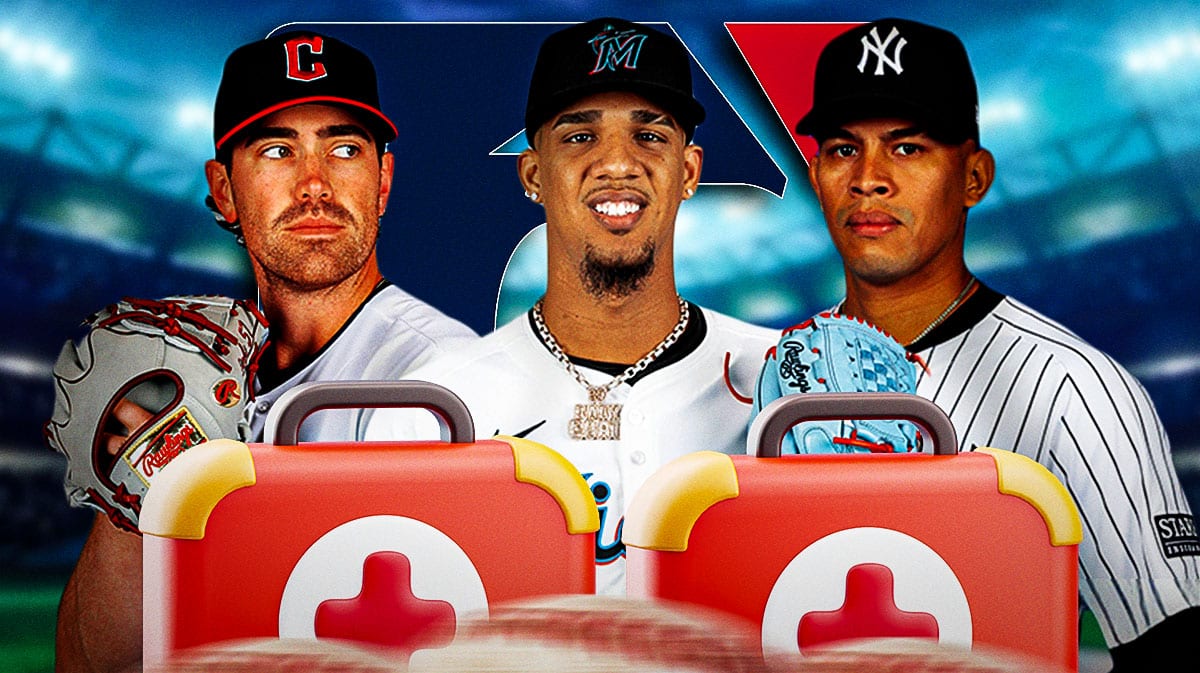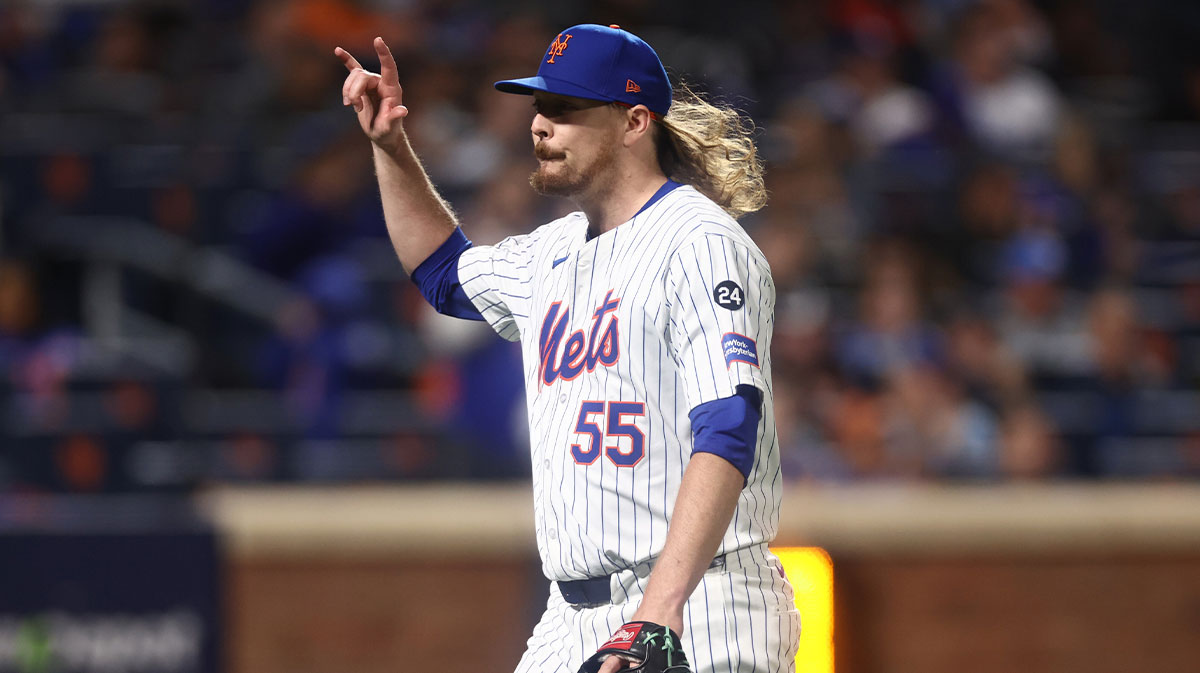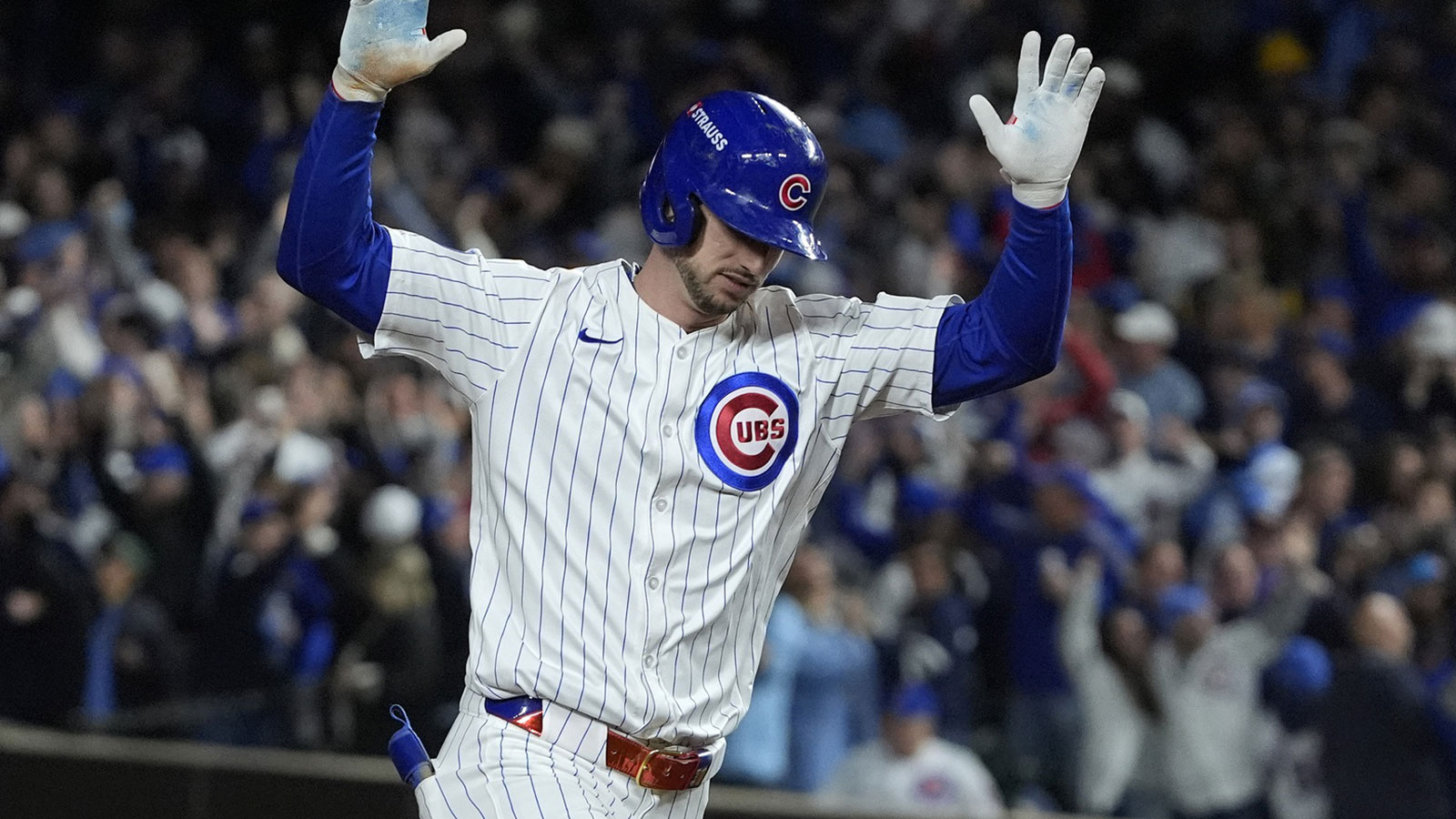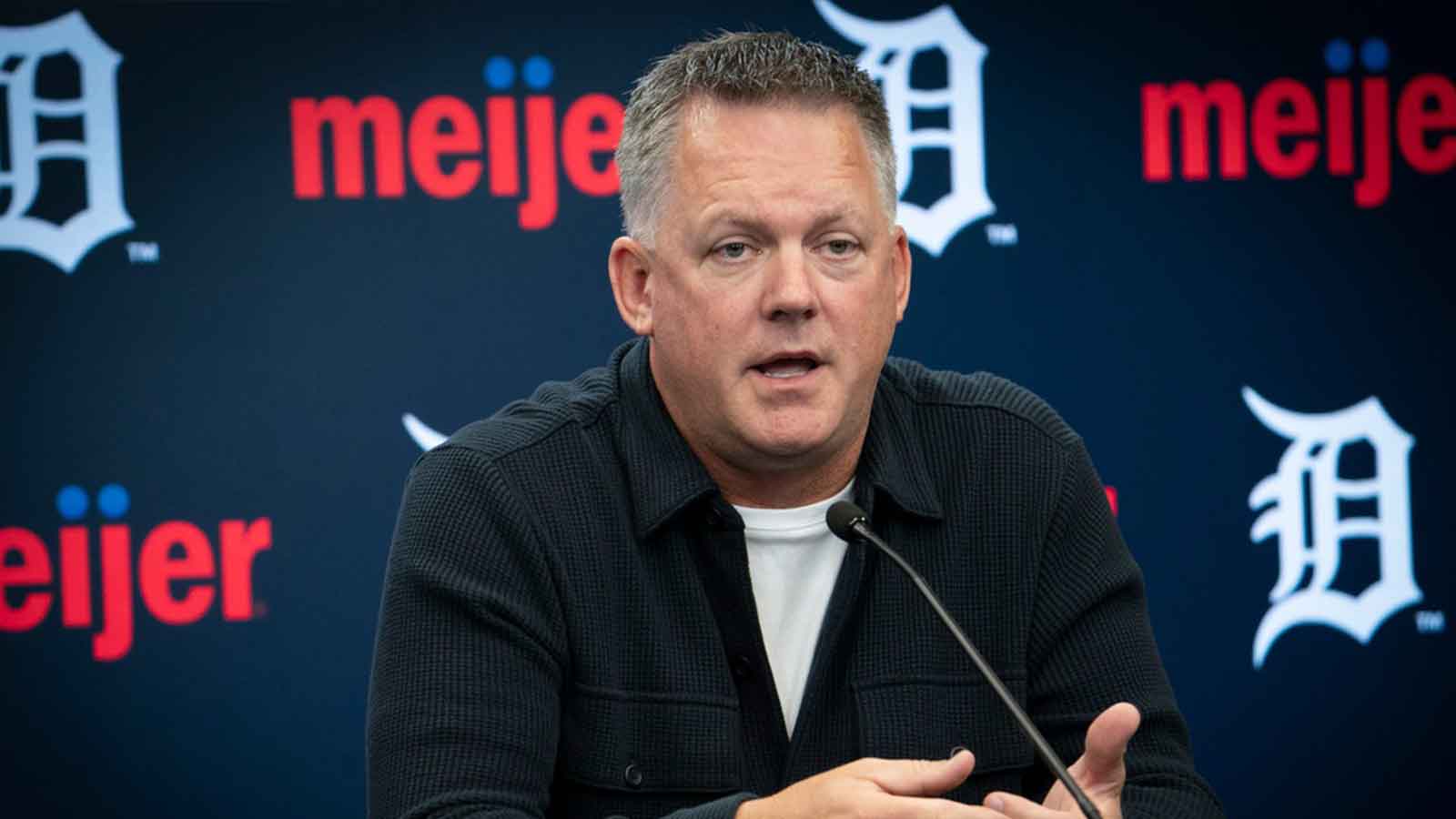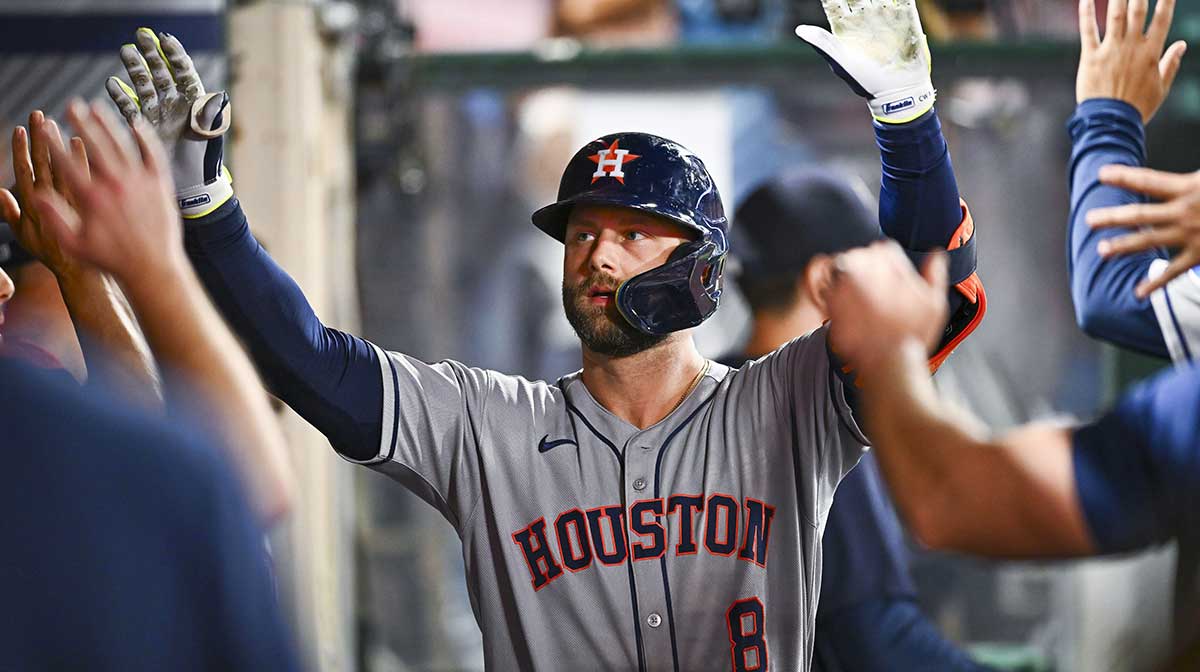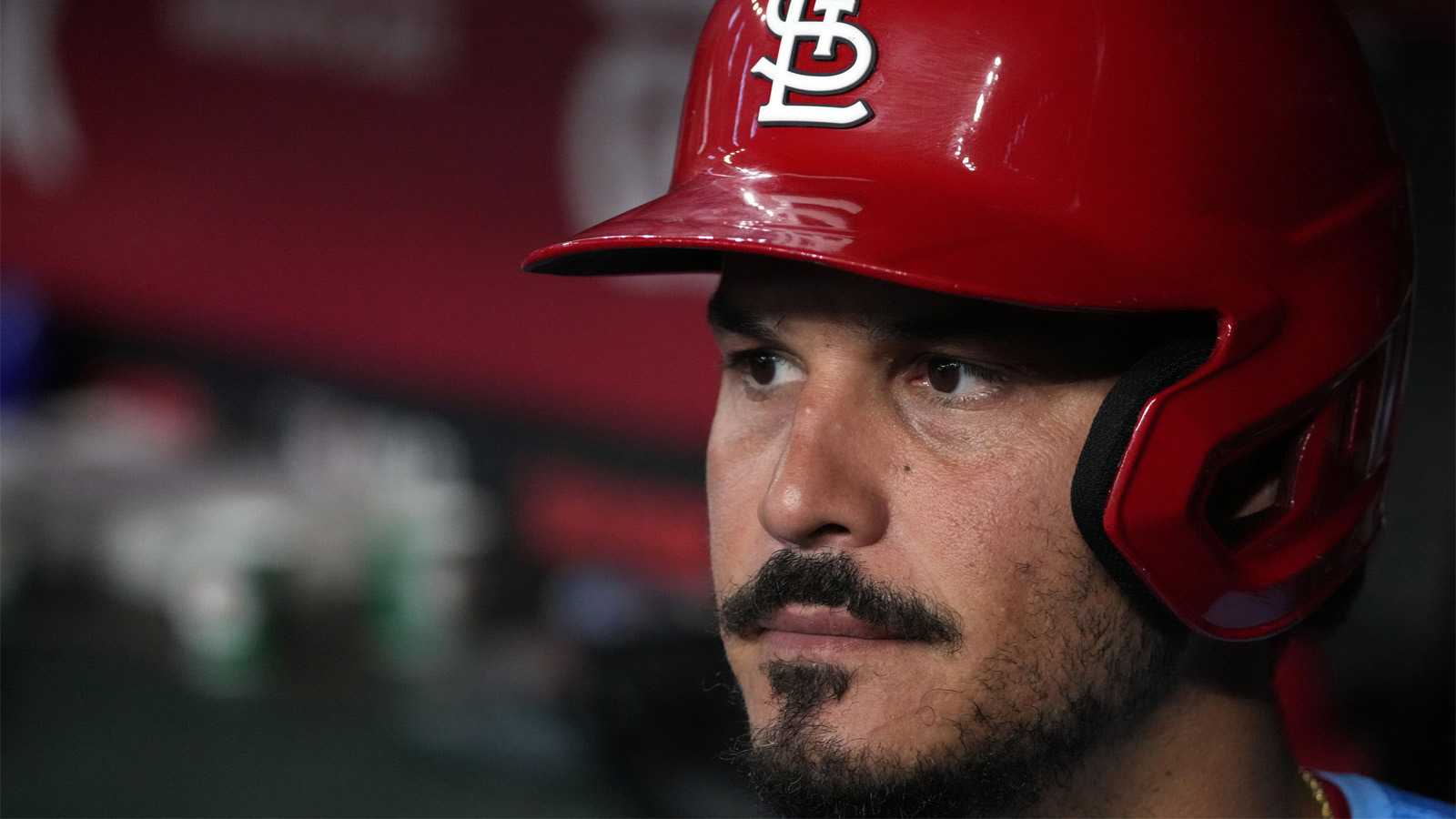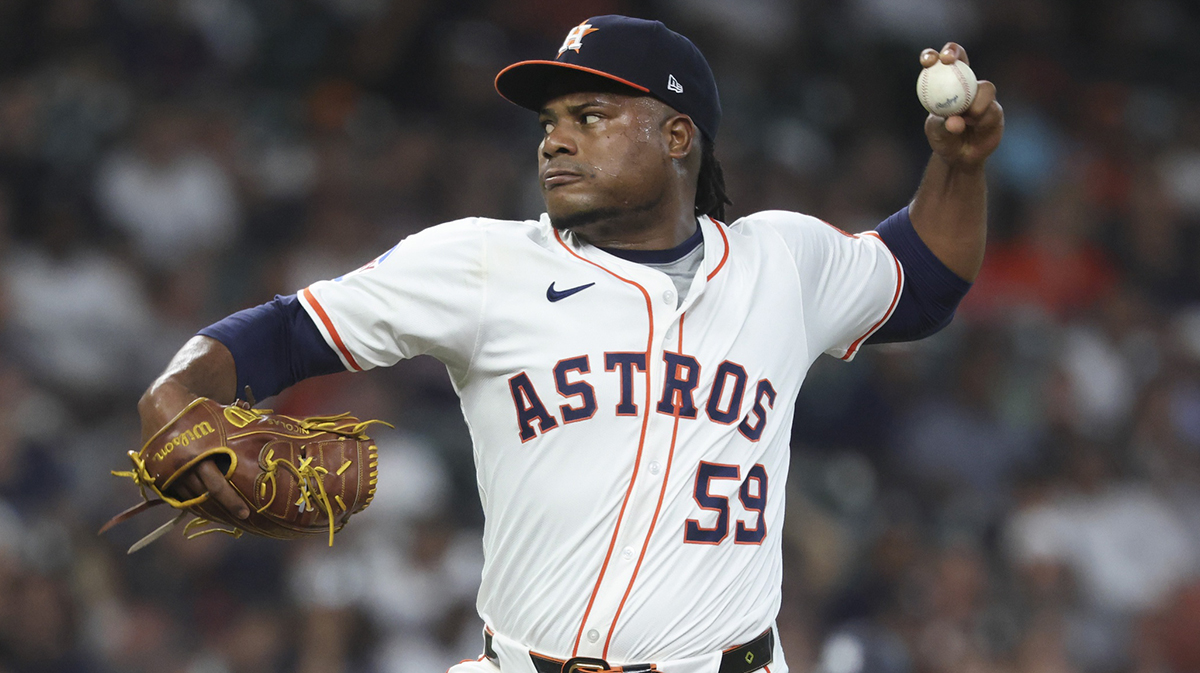Major League Baseball finds itself facing an existential crisis in 2024. And no, it isn't a franchise forcing its way out of a city or a global superstar being caught up in an illegal gambling scandal. It's something much more wide-reaching and difficult to solve. Why do pitchers keep dropping like flies?
Not even a fortnight into a new season, MLB has lost another slough of its brightest pitching stars to the dreaded elbow injury. Shane Bieber, Eury Pérez, and Jonathan Loaisiga are confirmed to be undergoing Tommy John surgery, and the fear is that 2023 MLB strikeout leader Spencer Strider, placed on the injured list with elbow discomfort, could be right behind them.
It's an awful list of names to take away from the sport, especially because those pitchers are joining an even longer, equally high-profile list of those already out for the year after going down in 2023. And the injuries are only going to keep piling up at an alarming rate unless something changes within the very fabric of how the game of baseball is played, from MLB all the way down to the youth ranks.
It's all about the velo in MLB
There are a number of factors currently playing into the pitching injury crisis and we'll get to all of them in this piece. But the one that merits the most attention, because it's by far the most difficult one to solve, is the fact that at all levels of the sport, pitchers are chasing velocity. And at a certain point, athletes become so elite at their chosen movements that their joints and ligaments physically can't keep up with them.
Let's examine those players who have most recently been injured because they all tell different sides of the same story. Bieber spent the past offseason training at a Driveline facility and throwing max effort fastballs for most of the winter. Strider, who already had Tommy John surgery in college, threw the most 100-mph fastballs of any starter in baseball the past two seasons. And Perez, who is only 20 years old and has had his workload carefully managed by the Marlins, sits 97-99 mph consistently.
It isn't that these ballplayers have suddenly become cavalier about their health—it's a calculated risk they're all taking, even if they acknowledge that risk to different degrees. Pitchers are being taught that velocity is the key to making it in this sport, which is as clear as day to anyone who turns on the TV to watch an MLB game nowadays. The average fastball velocity in Major League Baseball has increased from 90.5 mph to 93.9 in the past 15 years, according to an article published in August by USA Today.
And here's the thing about Tommy John surgery: It's effective. Stan Conte, a medical director with the Miami Marlins said that 84% of MLB pitchers who undergo the procedure return to their prior performance levels. So not only are pitchers at increased risk of suffering these injuries, but they're less likely to worry about them in the moment if they know their chances at recovery are generally good.
Is the pitch clock simultaneously saving and killing baseball?
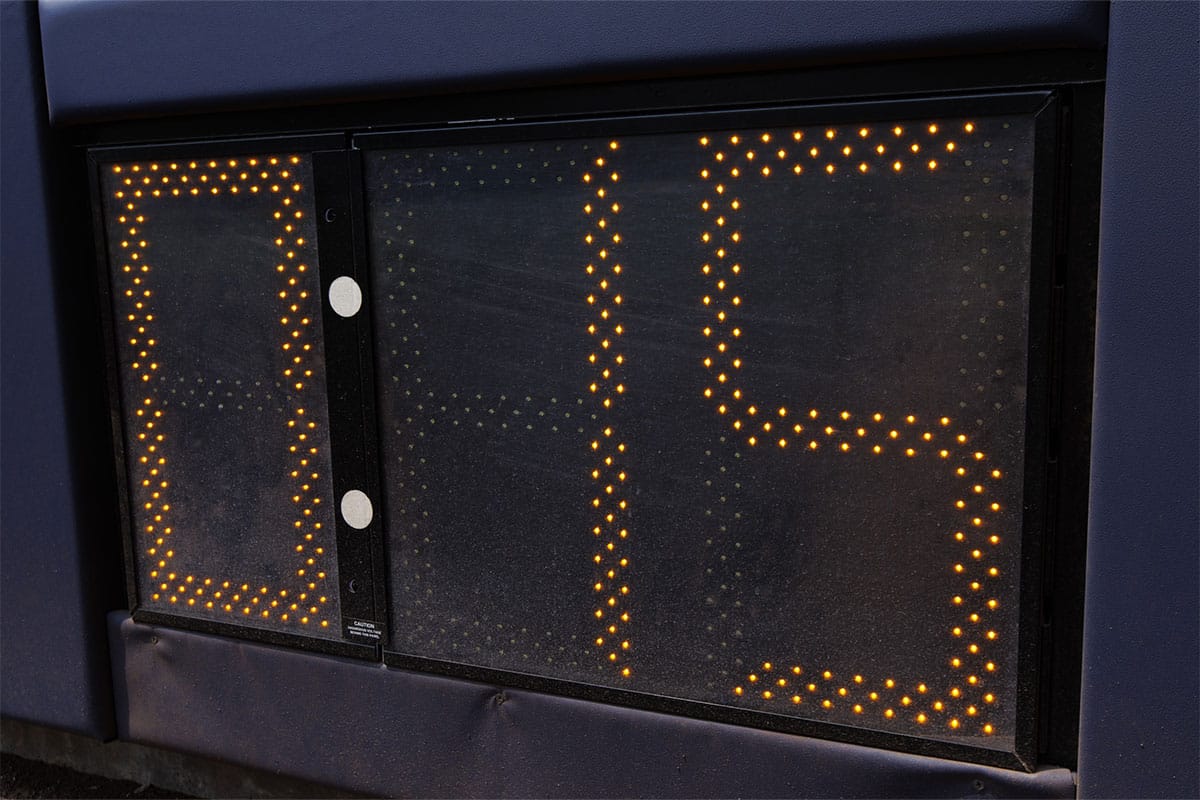
No one could deny, a season ago, that the advent of the pitch clock in Major League Baseball was a huge boon to the sport. Games were shortened by nearly half an hour, viewership and in-person attendance both soared and the larger pop culture view of the sport hadn't been so positive in decades.
But there was always a worry that the pitch clock might be contributing to injuries for pitchers and this offseason, MLB not only declined to seriously debate that notion with the players but shortened the clock even further.
MLB Players' Association president Tony Clark, in a statement Saturday, said that the league had made the clock change without consulting the union or the players. “The league’s unwillingness thus far to acknowledge or study the effects of these profound changes is an unprecedented threat to our game and its most valuable asset — the players,” he further elaborated.
MLB, for its part, fired back Sunday, stating that the MLBPA was “ignor[ing] the empirical evidence” that emphasis on velocity and spin rate was the real driving cause behind the injuries as if it couldn't be both. The statement also cited a Johns Hopkins study that failed to find evidence the pitch clock was causing injuries. But as the entire premise of this article presents, finding one root cause is likely impossible.
The pitch clock was hailed as the change that “saved” the sport of baseball. It was going to be the most positive epitaph on Rob Manfred's commissioner headstone. But the human body isn't meant to launch a five-ounce projectile a hundred miles an hour every 15 seconds. So now we're in a true conundrum.
Can the league afford to walk back the pitch clock in the interests of its players' health? Will they even entertain the notion? The answer could have an impact that lasts for generations.
Was pitching with sticky stuff a necessary evil?
Perhaps you recall another major MLB rule change this decade, one that now seems tiny by comparison. In the middle of the season, the league cracked down on pitchers' uses of spin-increasing sticky substances, much to the dismay of many who depended on those substances to grip the ball at high velocity.
Tyler Glasnow, who suffered a UCL injury just weeks after the rule change that led to his second career Tommy John surgery minced no words at the time, saying he fully believed the crackdown had led to his injury.
“I just threw 80-something innings & you just told me I can't use anything,” he said. I have to change everything. I truly believe 100% that's why I got hurt. I'm frustrated MLB doesn't understand. You can't just tell us to use nothing. It's crazy.”
Now, no one is arguing that pitchers need to go back to the days of Spider Tack, but there definitely needs to be a second look into the controlled substances/spin relationship, and perhaps a uniform solution can be applied across the league. You want to police it, fine, but you've also got to make sure you're not inadvertently taking away an avenue to make hurling these projectiles a little bit safer.
What has to change in the 2024 MLB season?
The short answer? Nobody really knows. We are in the early stages of diagnosing this problem and hopefully, we don't lose too many more pitchers before we start to get a grip on it.
At the very least, though, all sides have to be open to honest exploration and dialogue. Rather than trust a study from a neutral party that only says it cannot find a correlation between one year of pitch clock data and injuries to pitchers, the league needs to listen to those pitchers and determine whether there is a way to put their minds at ease.
And pitchers and pitching coaches, at all levels, need to take a good hard look at their throwing programs and determine if the risk of throwing as hard as possible in January and February is worth the extra couple miles per hour it will add to the radar guns by April. If the answer remains “yes,” then so be it, but we're no closer to finding an answer.

